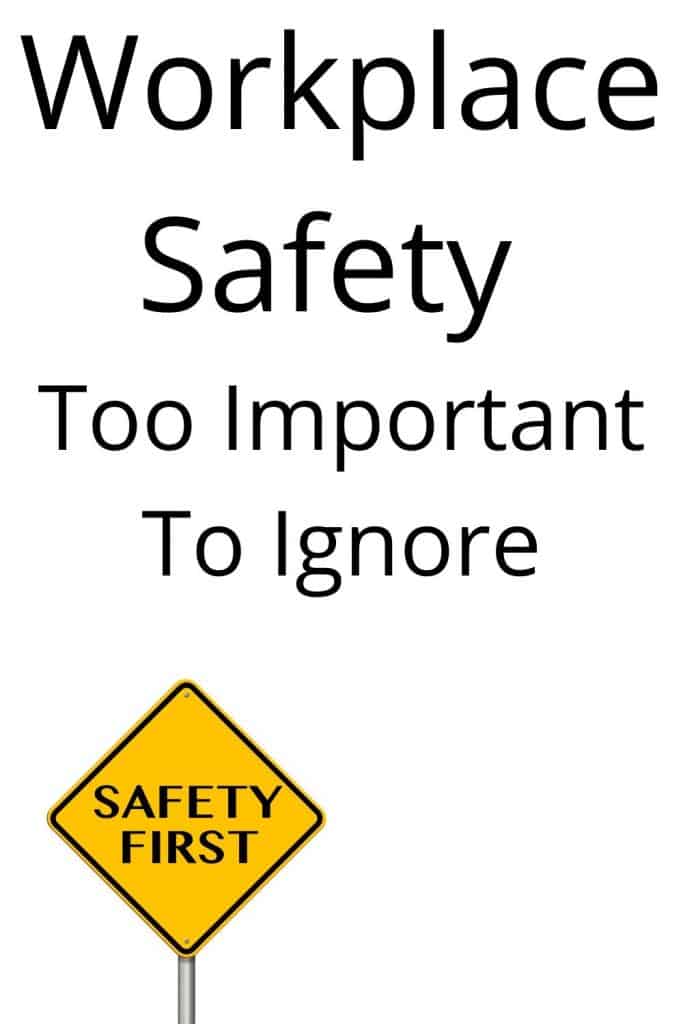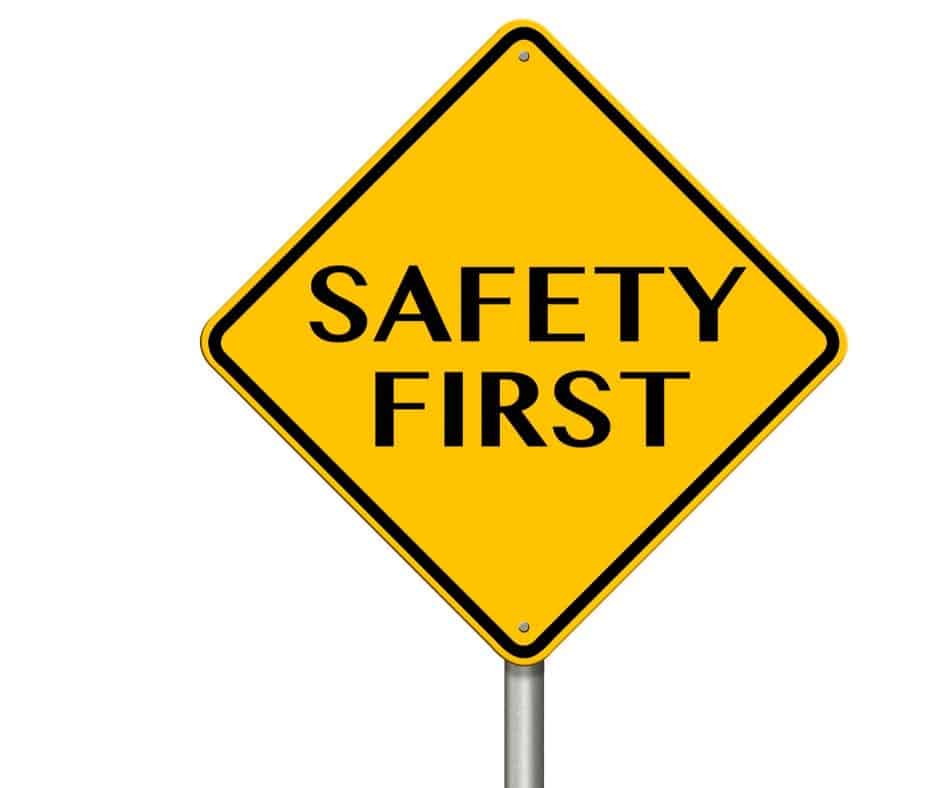There are a lot of things that make up the day to day functions of a business. A lot of the time these things tend to work pretty automatically. Unless there are some issues preventing it, you can usually rely on your staff to show up on time and stay until the end of the contracted hours. Outside of a serious disaster, you can genuinely assume that the equipment in your business is going to work correctly.

These kinds of things can be taken for granted not only because they generally work without issue but also because, in the event that something does go wrong, it’s not usually going to be such a serious problem. An employee being late for work might be an inconvenience, but it’s not going to bring your business grinding to a halt. Faulty equipment can get in the way of productivity, but it’s not going to cause many long term issues unless the fault is particularly extensive. However, there is one thing that makes up a significant part of your business on a day to day basis that you should never, ever neglect to think about: health and safety. There is no excuse for ignoring workplace safety. Luckily, there are some simple ways to make sure that safety is always a high priority in your business. Here are just a few of them.
Set standards
There should always be clear standards of safety set out in your business that should always be adhered to. Different industries, of course, have different standards to meet based on the levels of risk involved. Warehouse safety involves a lot more strict standards due to the environment in which your employees are working. However, no matter what kind of industry you’re working within, there should be specific standards set so that your employees are always fully aware of how they should behave and what they should expect of you and the workplace.
Provide training
A workplace is only as safe as the people within it. You should make an effort to provide as much safety training to your staff as possible so that you can make sure that there’s no chance of a lack of information leading to an accident or injury. You can’t prevent one-hundred percent of accidents, but by arming your staff with the maximum amount of information possible, you can greatly reduce that number. Don’t assume that a single training session is enough either. Make sure that safety refresher courses are often at least annually so that your staff is always up to date on both standards and best working practices.
Don’t assume that, just because your workplace meets the correct standards and your staff has been adequately trained, that it means that your business is automatically safe. You should still be as vigilant as possible, and encourage your staff to do the same, to make sure that no accidents occur. This includes everything from making sure that workspaces are tidy and there are no trailing wires, to monitoring and maintaining equipment at regular intervals. This vigilance might involve a little extra effort, but that is still preferable to the kinds of problems that an accident can cause.
*This post has been written by an outside source – See Disclosure Policy



